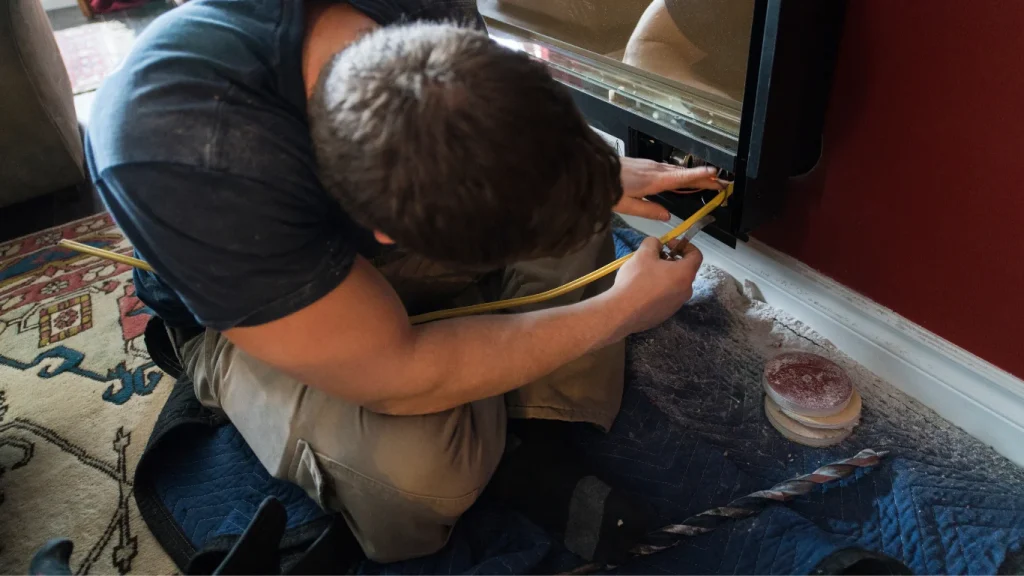
A fireplace adds charm, warmth, and a welcoming ambiance to any home. Whether you’re installing a new unit or maintaining an existing one, understanding the process and requirements is key to ensuring safety and functionality. Everything you need to know about fireplace installation and repair involves planning, compliance, and ongoing maintenance to keep your fireplace operating at its best.
Everything You Need to Know About Fireplace Installation and Repair: Planning and Choosing the Right Fireplace
Before starting the installation, it’s important to choose the type of fireplace that best fits your needs. Traditional wood-burning fireplaces offer a classic feel but require a chimney and regular upkeep. Gas fireplaces are more convenient and energy-efficient, often controlled by a switch or remote. Electric fireplaces are even easier to install and require no venting, making them ideal for smaller spaces or modern homes.
Each type of fireplace has its own installation requirements. For wood-burning models, you’ll need a properly lined chimney, fire-resistant materials, and adequate ventilation. Gas fireplaces must be installed by licensed professionals who can safely connect the unit to your gas supply and handle venting if needed. Electric fireplaces usually involve minimal installation, but it’s still wise to have a qualified electrician check the setup if new wiring is involved.
Permits and building codes are another factor. Most municipalities require permits for fireplace installation to ensure the unit complies with local safety standards. Always check with your local building department before starting work to avoid fines or future issues.
Everything You Need to Know About Fireplace Installation and Repair: Maintenance and Common Repairs
Once installed, fireplaces require ongoing care to remain safe and efficient. Everything you need to know about fireplace installation and repair also includes recognizing the signs that your fireplace needs attention. For wood-burning fireplaces, regular chimney cleaning is essential to remove creosote buildup, which can cause dangerous chimney fires. Chimneys should be inspected and cleaned at least once a year.
Gas fireplaces should be serviced annually to check for leaks, ensure proper pilot light operation, and clean out debris from the burners. If the flame color changes or the unit becomes difficult to ignite, it may indicate a need for repair. Electric fireplaces, while low-maintenance, should also be checked for faulty wiring or flickering flame displays.
Cracked masonry, damaged dampers, and deteriorated flue liners are common issues with traditional fireplaces. Ignoring these problems can lead to poor ventilation and increased fire risk. For gas models, issues with the gas line or thermocouple may prevent the fireplace from lighting properly.
Hiring a professional for repairs is always the safest approach. Certified technicians have the experience to diagnose problems accurately and ensure your system is restored to safe operating condition.
Understanding everything you need to know about fireplace installation and repair allows homeowners to make informed choices, whether upgrading an old unit or installing a new one. With the right planning, maintenance, and professional assistance, your fireplace can be a beautiful and reliable feature for years to come.
Read More:
Top Reasons to Hire a Professional for Fireplace Installation and Repair


